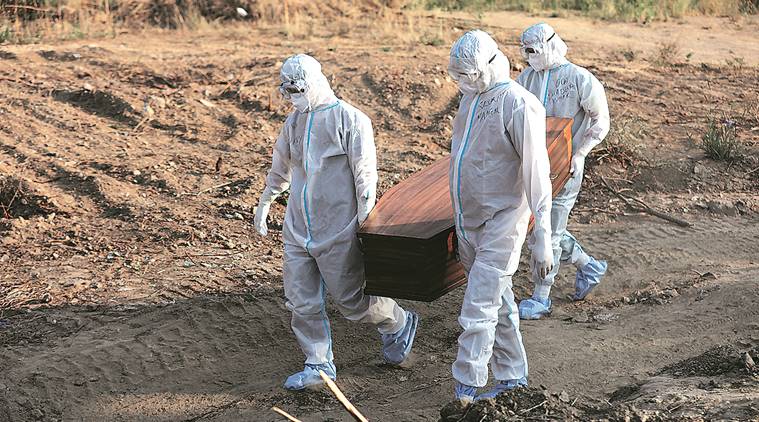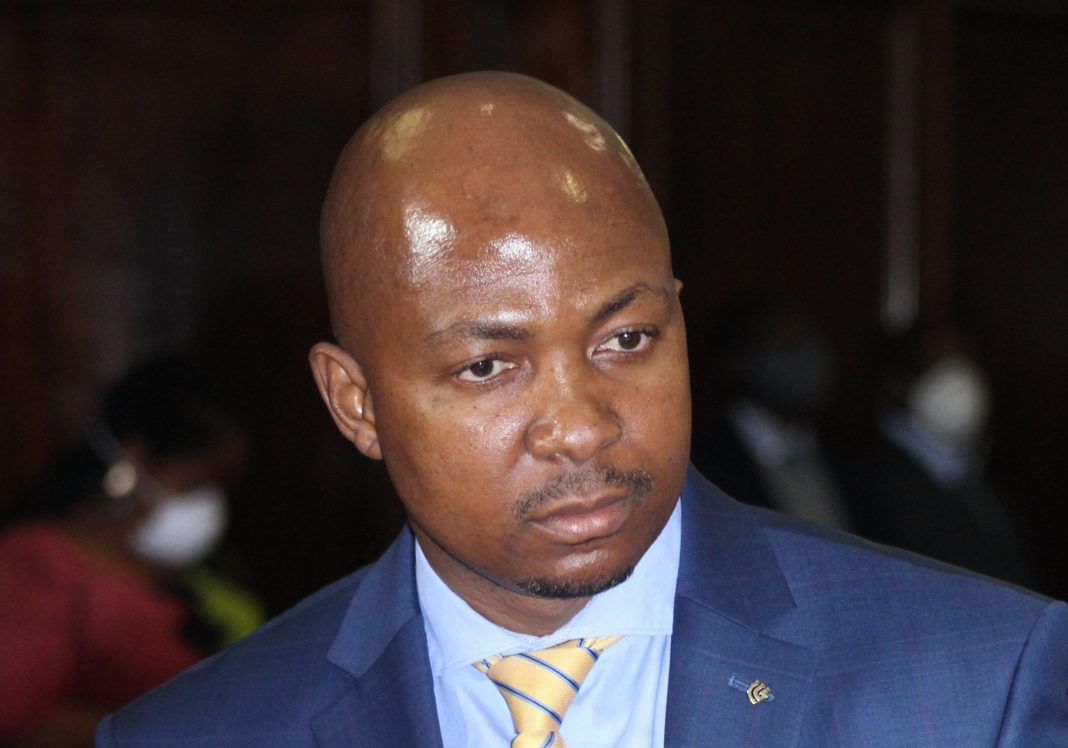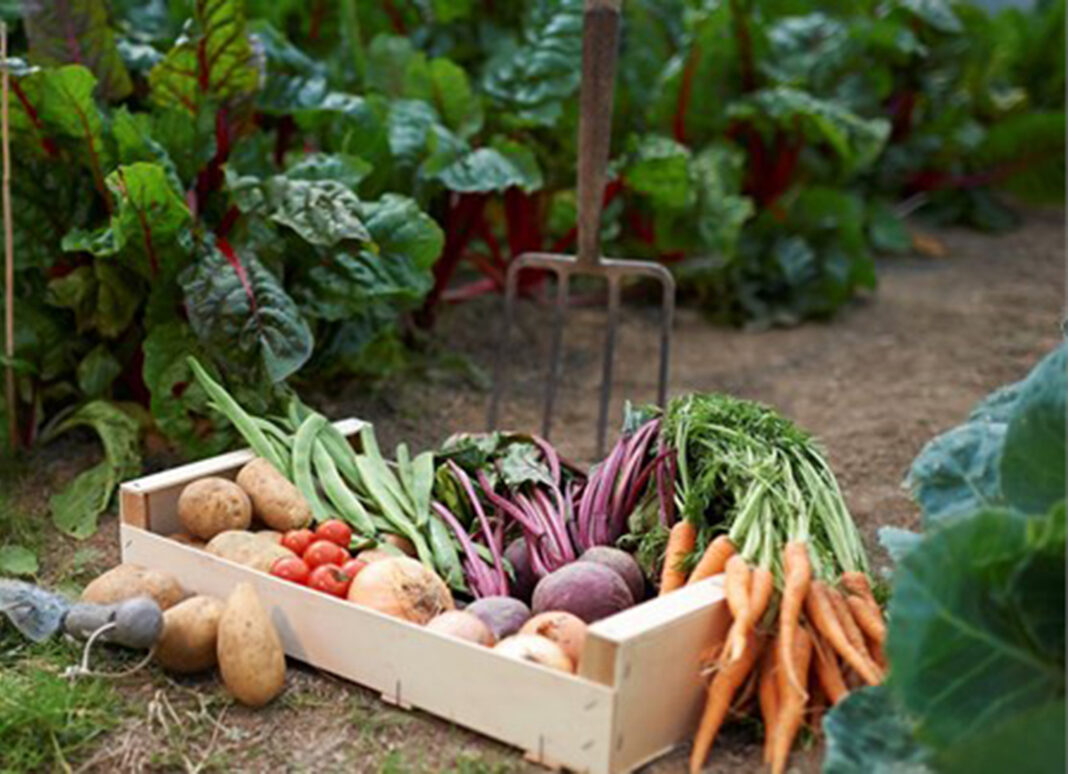By Setṧabi Setṧabi
In many African cultures funerals are large and lavish cultural and religious affairs where people come in large numbers to (i) pay their last respects to the deceased (ii) pass on condolences to the bereaved family or families (iii) perform last rights of transition from life to death of the deceased (iv) socialize (v) to have a decent meal in the face of widespread poverty and hunger
The attendance of funerals has, nonetheless, been identified as a super spreader events in the context of the outbreak of the COVID-19 pandemic. However, we still congregate there en masse.
Funerals have, therefore, become events that put to the ultimate test our communal resolve to fight the pandemic. At funerals there is a very broad conflict between science, culture and religion.
The science behind halting the spread of the virus has been greatly simplified.
1. Reduce physical contact
Being in places where physical distancing is limited. Remember shaking hands, giving hugs and kisses, touching contaminated surfaces all spread the virus. These are often all in abundance at funerals. There are other forms of indirect contact such as sharing of the microphone, touching the unsanitized pulpit, exchanging the bible as the readings are made, using the same utensils (e.g. spades at the burial site), and washing hands from the same basin after the funeral, being handed a former pack, plate or drink by an infected person.
2. Avoid being in places with limited ventilation
Staying in one place with limited fresh air increases the risk of spread of the virus. Many a time funerals are held in churches, halls and closed tents (particularly in situations where the weather conditions are bad). Such conditions provide excellent conditions for spread of the virus.
3. Reduce vocalization
Lots of talking, yelling or singing, which can aerosolize (spray in tiny particles) the virus. Such activities can spray the virus up to 3 metres. At funerals we often have the lengthy speeches, we sing the hymns, we exchange the microphone etc. These are all high risk activities. Wear a mask at all times, make sure it covers your mouth and nose)
4. Contact with the corpse
Basotho love their corpses. Streams of people often go to the mortuary to fetch the corpse of the deceased. They crowd in mortuary hall which is usually an enclosed space which is poorly ventilated and often allows no social distancing, they view the corpse, and they sing their hymns before the corpse is finally put into the hearse or van that is to carry it home.
A cow is slaughtered by the men often after the arrival of the corpse of the deceased. They then have a communal meal of tripe (maleo).
The deceased is then guarded overnight (tebelo) with lots of people (inside the enclosed space where the corpse lies), they work together in the nearby tent and sing hymns and other songs whilst giving speeches of condolence throughout the night.
In the morning before the main service they open up the coffin or casket to see if the deceased is still ‘ok’. If not, they open up the coffin to wipe the face with a wet cloth and straighten the head. Other times they note that they forgot the religious or cultural paraphernalia (malente, lipele etc) that have to be put onto to coffin.
Finally, a lengthy funeral ceremony begins. At the end of the service the coffin is carried by hands to the burial site.
The risks in funeral processes are just too high. The science is clear:
- The corpse of a person who has died of COVID is infectious. Take it straight from the morgue to the burial ground. Do not take it home for the cultural things. Do not touch it.
- The funeral service should be as short as possible and preferably after the corpse has been buried.
- Minimise direct and indirect physical contact.
- Avoid all factors that can lead to infection.
COVID is a virus that kills. It knows no culture or religion. This is not business as usual. We are living in a new normal.
What WHO says about preparing and packing the body for transfer from a patient room to an autopsy unit, mortuary, crematorium, or burial site
• Ensure that personnel who interact with the body (health care or mortuary staff, or the burial team) apply standard precautions,2,3 including hand hygiene before and after interaction with the body, and the environment; and use appropriate PPE according to the level of interaction with the body, including a gown and gloves. If there is a risk of splashes from the body fluids or secretions, personnel should use facial protection, including the use of face shield or goggles and medical mask;
• Prepare the body for transfer including removal of all lines, catheters and other tubes;
• Ensure that any body fluids leaking from orifices are contained;
• Keep both the movement and handling of the body to a minimum;
• Wrap body in cloth and transfer it as soon as possible to the mortuary area;
– There is no need to disinfect the body before
transfer to the mortuary area;
– Body bags are not necessary, although they may
be used for other reasons (e.g. excessive body
fluid leakage);
Burial by family members or for deaths at home
In contexts where mortuary services are not standard or reliably available, or where it is usual for ill people to die at home, families and traditional burial attendants can be equipped and educated to bury people under supervision.
• Any person (e.g. family member, religious leader) preparing the deceased (e.g. washing, cleaning or dressing body, tidying hair, trimming nails or shaving) in a community setting should wear gloves
for any contact with the body. For any activity that may involve splashing of bodily fluids, eye and mouth protection (face shield or goggles and medical mask) should be worn. Clothing worn to prepare the body should be immediately removed and washed after the procedure, or an apron or gown should be worn;
• The person preparing the body should not kiss the deceased. Anyone who has assisted in preparing the body should thoroughly wash their hands with soap and water when finished;
• Apply principles of cultural sensitivity and ensure that family members reduce their exposure as much as possible. Children, older people (>60 years old), and anyone with underlying illnesses (such as respiratory illness, heart disease, diabetes, or compromised immune systems) should not be
involved in preparing the body. A minimum number of people should be involved in preparations. Others may observe without touching the body at a minimum distance of 1m;









